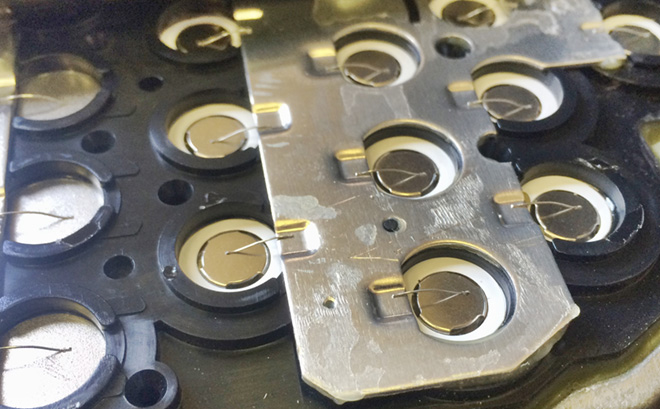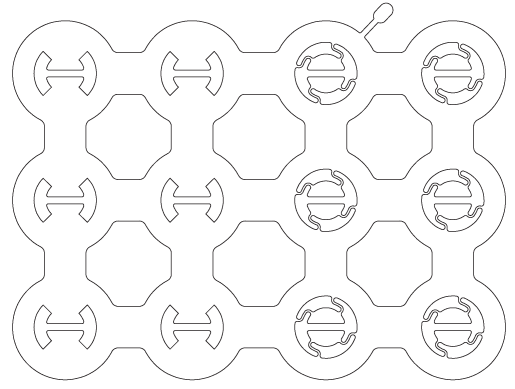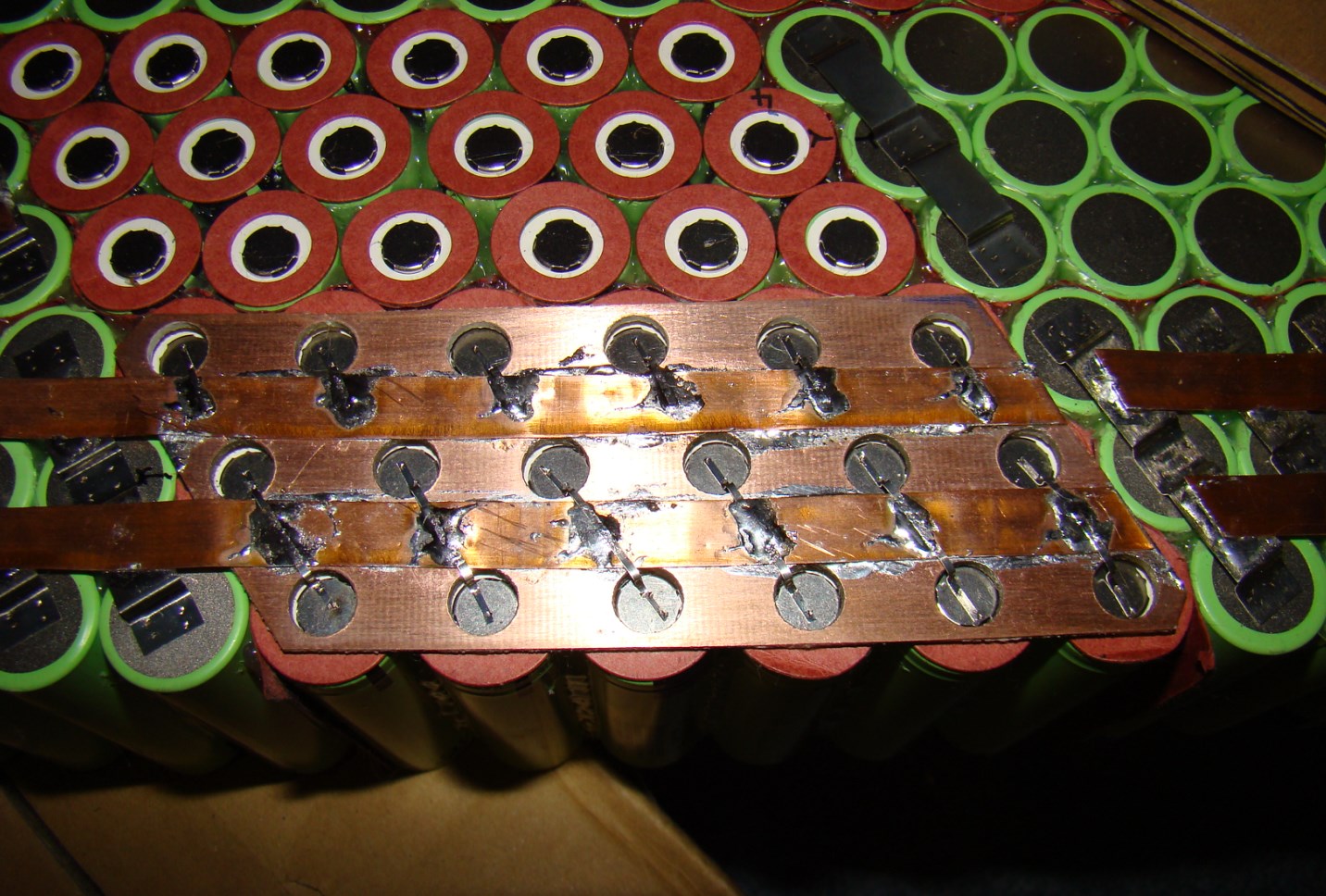Tesla used ultrasonic friction-welding. The wire is rubbed back and forth an extremely tiny distance, but its done thousands of times a second. Of course they used an expensive proprietary purpose-designed machine, but....there might be some way for someone to re-purpose some type of cheap ultrasonic gadget to do something similar?
A more realistic method might be to spot-weld the wire onto the can, maybe lay the wire across the can tip, and hit it in two spots?
edit: If you want to try that, I'd recommend using the plastic cell holders, because when cells are hot-glued together with all the connections being nickel strips (not recommended BTW), then the nickel strips become part of the support structure, holding all the cells together, and sometimes the spot-welds crack due to vibration. If the plastic holders bear all the support loads for dropping and vibrations, that takes the load off of the nickel strips.
Personally, I think that is a major benefit of the Tesla wire, with heat expansion, cold contraction, hitting road-bumps, and vibration...the short length of Tesla fuse-wire that connects each cell to the bus can flex a little...millions of times ...
Soldered fuse-wire, from jdevo2004
https://endless-sphere.com/forums/viewtopic.php?f=14&t=65718
Friction-welded fuse-wire from Tesla, purchased from a car wreck (I'm fairly sure that bus is thick copper that is plated)
https://endless-sphere.com/forums/viewtopic.php?f=14&t=79950
Fuses cut into the positive side of laser-cut bus plates, intended to be spot-welded [two fuses per each cell positive end]
http://insideevs.com/18650-lithium-ion-battery-cell-fuse-test-video/
a similar style as above [left half, no fuses, right side: four tiny fuses on each positive end]
https://endless-sphere.com/forums/viewtopic.php?f=14&t=55870




